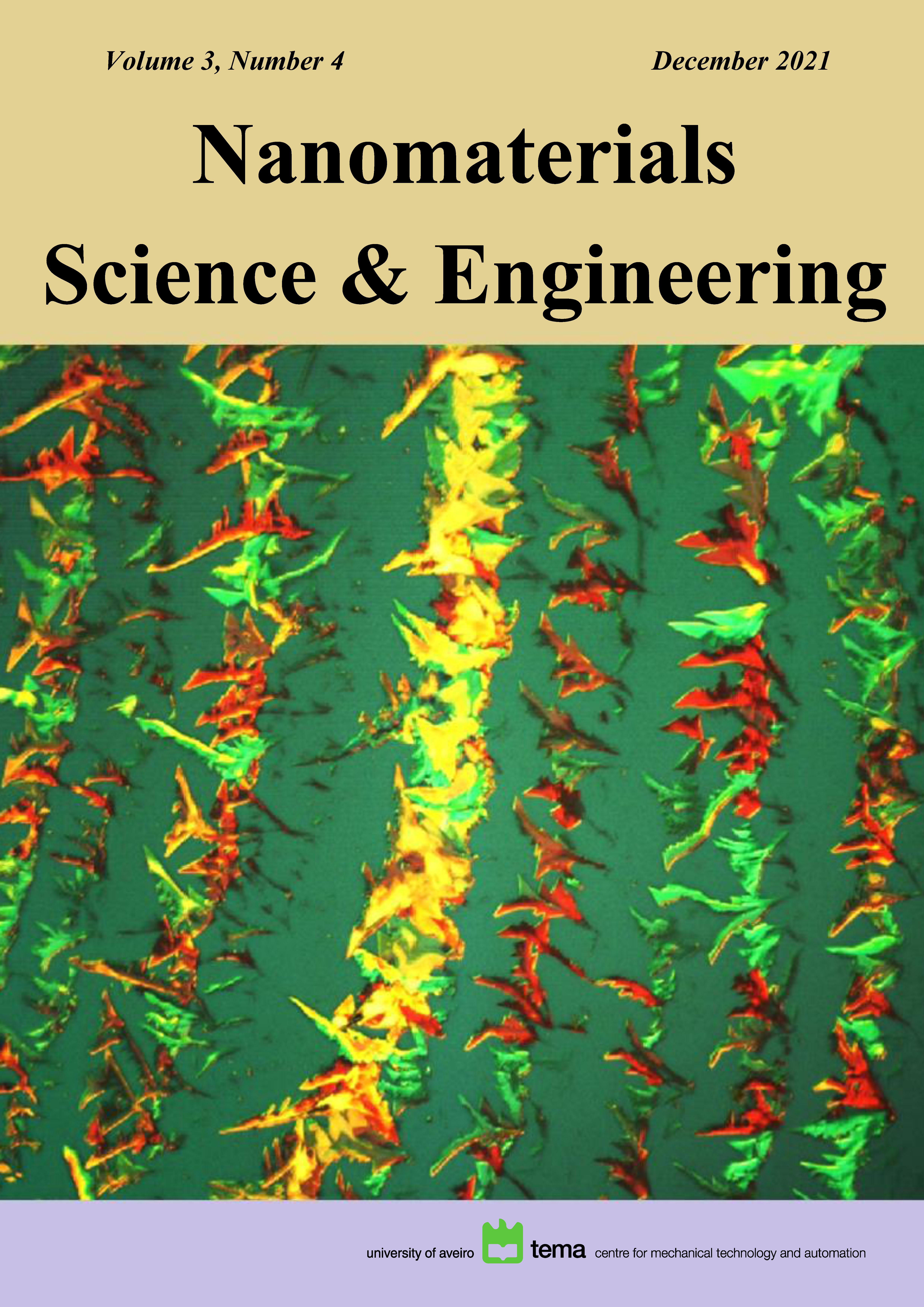Magnetic Field, Heat Transfer and Rheological Analysis of a Magnetorheometer using Finite Element Method
Abstract
Magnetorheological (MR) fluids show changes in apparent viscosity under an applied magnetic field. As a result, dramatic and reversible changes in rheological properties occurred, which permits many electromechanical devices to have potential utility in the aerospace, automobile, medical, and another field. Therefore, there is a need to investigate the rheological properties and heat developed due to changes in the rheological properties of MR fluids under the uniform magnetic field. This work presents the numerical simulation of magnetostatic, laminar fluid flow, and thermal field distribution of a plate-plate magnetorheometer using the finite element method. We analyzed the magnetic field distribution and magnitude of the magnetic field along the radius of the plates. We obtained a better uniform magnetic field along the radius of the plate with enhanced the magnitude of the magnetic field at a particular applied current compared to the other existing design of the rheometer. The maximum magnetic flux density at 4A of coil current is 1.3T. Laminar flow simulation gives the shear stress at the applied magnetic field as a function of the shear rate. We obtained the maximum velocity of the magnetic particles at the outer radius between plates. The heat generated due to the electromagnetic coil and slippage heating between the plates (i.e., MR region) is 302.5K and 308.5K at 3A current after 40 minutes of working time of magnetorheometer. The maximum temperature generated due to the combined effect of the electromagnetic coil and slippage is about 318K after 40 minutes of working time of magnetorheometer, much below the operating temperature of MR fluids. Here we enhanced the magnetic field density profile and magnitude of magnetic flux density along the working radius of the plate and minimized the effects of resistive coil heating in the MR fluid region by the coil and location design.
Copyright (c) 2021 Nanomaterials Science & Engineering

This work is licensed under a Creative Commons Attribution-NonCommercial 4.0 International License.
Copyright Information
Authors who publish in the Nanomaterials Science & Engineering agree to the following terms:
- Authors retain copyright and grant the journal right of first publication with the work simultaneously licensed under a Creative Commons Attribution License that allows others to share the work with an acknowledgement of the work's authorship and initial publication in this journal.
- Authors are able to enter into separate, additional contractual arrangements for the non-exclusive distribution of the journal's published version of the work (e.g., post it to an institutional repository or publish it in a book), with an acknowledgement of its initial publication in this journal.
- Authors are permitted and encouraged to post their work online (e.g., in institutional repositories or on their website) after publication, as it can lead to productive exchanges, as well as earlier and greater citation of published work.
Copyrights to illustrations published in the journal remain with their current copyright holders.
It is the author's responsibility to obtain permission to quote from copyright sources.
Any fees required to obtain illustrations or to secure copyright permissions are the responsibility of authors.





